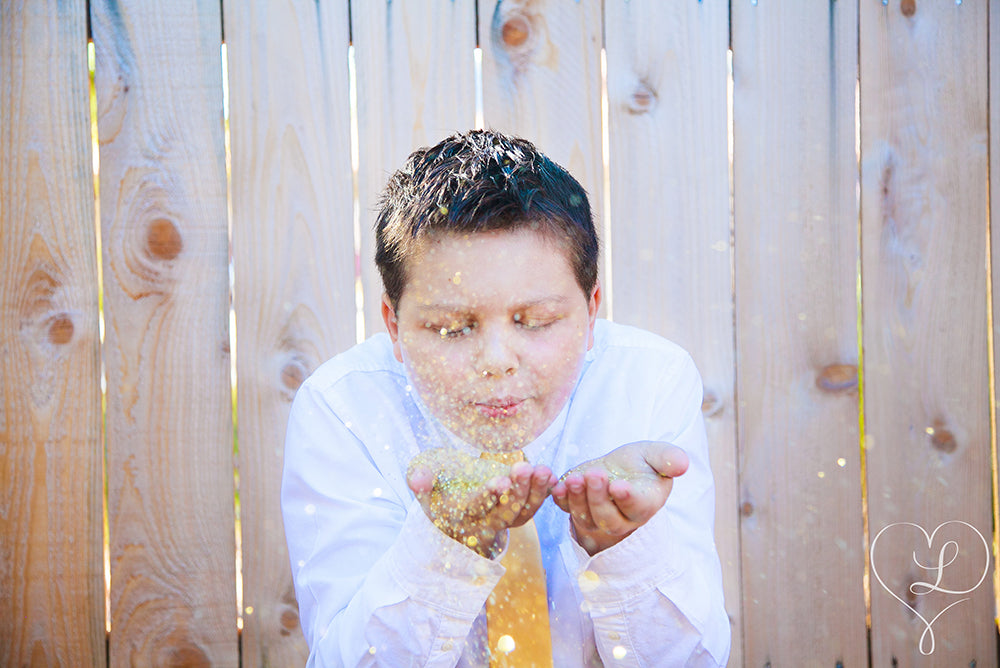It Was Just the Beginning
The first week of Peyton’s cancer diagnosis was like being catapulted into a tornado. So much happened in mere days — a sudden flight in the middle of the night to Denver Children’s Hospital through the first snowstorm of the season; a bone marrow biopsy; a diagnosis of cancer - acute lymphocytic leukemia; a blood transfusion; a lumbar puncture to determine if leukemia is in Peyton’s central nervous system; a port placement surgery; chemotherapy immediately after the port surgery; intense pain reported by Peyton at the port site twelve hours later; removal of the dressing on the port revealing bright red skin around the stitches; a circle drawn by Noel, Peyton’s father, with a Sharpie marker around the leading edge of the redness to watch for spreading; a call for an oncologist; two hours later redness outside the marker lines; a 105 degree fever, indicating a raging infection; an emergency surgery to remove the port; a Broviac placed on the other side of Peyton’s chest as a temporary substitute for the port; septic shock from the infection; an emergency transfer to the PICU; a one month course of two powerful IV antibiotics begins because Peyton has no white blood cells to stop his organs from shutting down from the infection; a hole - two inches wide and two inches deep - where the infected port was taken out; a constant flow of medical staff —pediatric oncologists, epidemiologists, wound care specialists, nurses, residents, internists—all orbiting around Peyton in full PPE.
Peyton almost died.
In all that chaos, two of the most profound and fortuitous experiences in Peyton’s cancer treatment happened.These were the first of many experiences that I would come to refer to in my journals as “kintsugi moments”.
KINTSUGI
While Peyton’s exhausted little body gave way to rest every chance it could that first week, my emotions gave way, either in the arms of my husband or behind closed doors on the floor of the bathroom in Peyton’s hospital room. It was here that a bit of comfort also came as I mined the internet from my laptop, trying to find whatever information I could about Peyton’s cancer and about anything that could make things better. I would have never guessed in all my life that a pediatric oncology hospital bathroom would become such a sacred space for me, but it was here that I learned of one of the most healing, hopeful, beautiful things - kintsugi. I am grateful for the blessing to have learned about kintsugi at the beginning of Peyton’s long course of cancer treatment, because it became my North Star throughout.
Kintsugi was the golden seed that would grow Peyton’s Potion.
Clicking through website after website related to childhood cancer, I noticed a gold awareness ribbon again and again. On the American Childhood Cancer Organization website, I learned that parents of children with cancer had claimed the color gold to represent childhood cancer because gold represents the most precious metal, and children are the most precious things in our lives. Gold was also chosen to “highlight” the great need for childhood cancer research.
As I had been searching “gold”, a link about an art form of “golden repair” caught my attention. This art form, known as kintsugi, is a 400-year old Japanese

technique of repairing broken pottery with gold. Images of pottery with gold filled in where once the cracks were, showed how kintsugi honors the pottery’s unique history by highlighting, not hiding, the breaks. I especially loved that the gold in the cracked areas made the pottery stronger than it was before.
When Peyton woke up, I told him about kintsugi. We talked about his cancer diagnosis and the long years of treatment ahead and how we would see it all like kinstugi. We vowed to make kintsugi moments when we could. I asked him to write the definition of kintsugi on a piece of paper and we put it on the refrigerator where it remained for us to see everyday.
PEYTON’S FIRST KINTSUGI MOMENT
In the midst of the tornado, the attending pediatric oncologist sat calmly at the end of Peyton’s hospital bed and tenderly said to him “Peyton, I’m sorry to tell you this, but you have cancer.” Sitting in the same spot a few days later, she asked Peyton, “Would you be willing to donate some of your bone marrow to childhood cancer research?”
“How will you get it?”
“We will give you some medicine to make you sleep and take it from your hip bone,” she said.
“How much will you take?”
She replied, “We need about a teaspoon.”
Will it hurt?”
“Yes,” she nodded. “Peyton, you will be sore from the procedure.”
The oncologist explained that Peyton giving his bone marrow would help researchers understand how to better treat and cure leukemia and help children in the future who are diagnosed with ALL.
Peyton said “Yes, you can take it. I want to help.”
Kintsugi is about doing something to make things better.
Observing this conversation with Peyton and the oncologist, I thought of kintsugi and how Peyton had made things more golden with his willing 10-year old heart. I thought about how he was stronger than I'd ever seen anyone be strong. He had been through so much and yet was ready to go through more. I couldn’t hold back my emotion and when the oncologist left, my tears and kisses poured out onto my sweet boy and began filling in the broken places, alongside Peyton’s unfettered willingness.
Jess is Peyton’s mom and co-founder of Peyton’s Potion. She is a Life Story journal writer and storyteller. Jess has been keeping journals since she first learned to write. Her journal entries throughout Peyton’s cancer treatment were also posted regularly on caringbridge.org.

